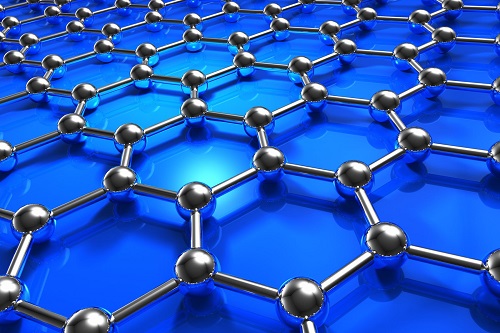
“It is an incredible discovery from the standpoint of general science, in that we have been able to discover a novel polymer phase and have recognized technique for inducing it,” says Edith Mathiowitz, a lecturer of engineering and medical science at Brown. “regarding utility, the polymer that has been used in this study possesses numerous uses, and we consider the properties we have identified now will enable us to prepare it better.”
Polylactic acid or PLA is a semi-crystalline substance, implying portions of the substance’s molecular structure are defined into crystals while the remaining is disordered, or amorphous like glass. The functionalities done by previous experts had shown that treating PLA with heat could enhance the crystalline makeup of the material, which could aid boosting its strength. Experts in Mathiowitz’s lab, headed by doctoral candidate and the U.S. Navy veteran Christopher Baker, intended to witness if supplementing pressure to the process of treatment would further enhance the structure of the material.
The samples of PLA were treated by Baker under varying temperature levels and pressure conditions for a huge amount of time. Pressures varied from 2,000 to 20,000 pounds per square inch. The temperature levels that were used for the treatment above are nearly equal to the transition in glass temperature for PLA – it is the temperature level at which the amorphous parts of the substance transmit from solid to elastic.
Baker revealed that the treatments enhanced the amount of crystalline area in the substance, but there was another big surprising discovery. At bigger pressures and temperatures, the amorphous parts of the substance became birefringent, implying that they diffuse light distinctively depending upon how the light is polarized. It is also an indicator of drastic structural change in the amorphous glass material.
In general, birefringence is a substance is a property found in crystalline substances, so identifying it in the amorphous areas of PLA was quite surprising. “We did not expect PLA to possess such properties,” Mathiowitz said, “The fact to see its presence was truly fascinating and interesting.”
The novel amorphous phase linked with the absolute enhancement in crystalline nature in the treated samples could have huge implications for the mechanical properties of the material, says the researchers.
The bigger crystalline could make it robust, while the amorphous nature can make it settled for a longer period.
Now that we have revealed that we can purposely encourage this phase, we consider it to be a highly useful result in numerous distinct ways,” Mathiowitz said. Presently, the scientists plan more experiments intended to study the quantifying alterations in material properties as well as identifying whether such phase can be encouraged in other semi-crystalline substances.
Filed Under: News


Questions related to this article?
👉Ask and discuss on Electro-Tech-Online.com and EDAboard.com forums.
Tell Us What You Think!!
You must be logged in to post a comment.